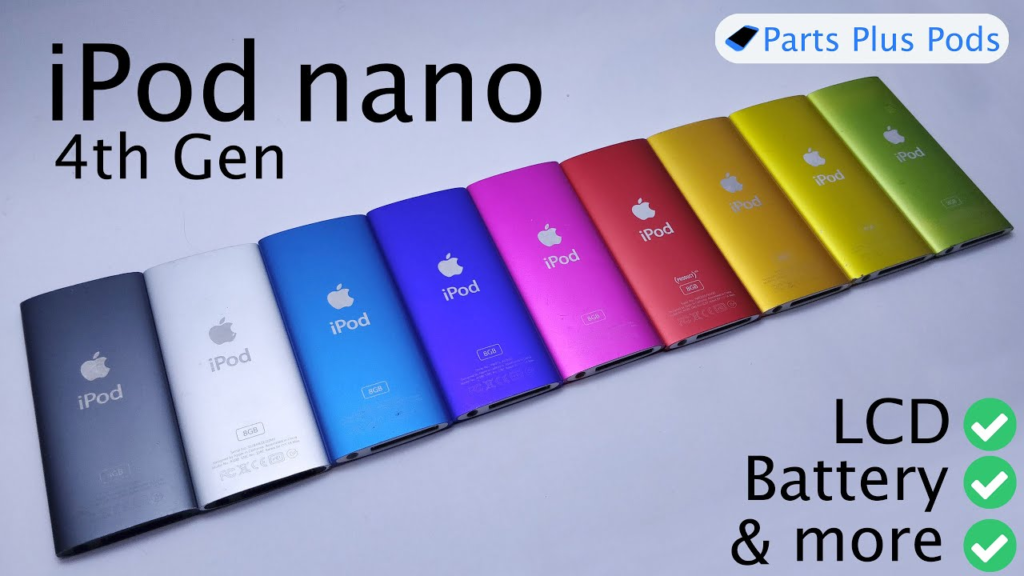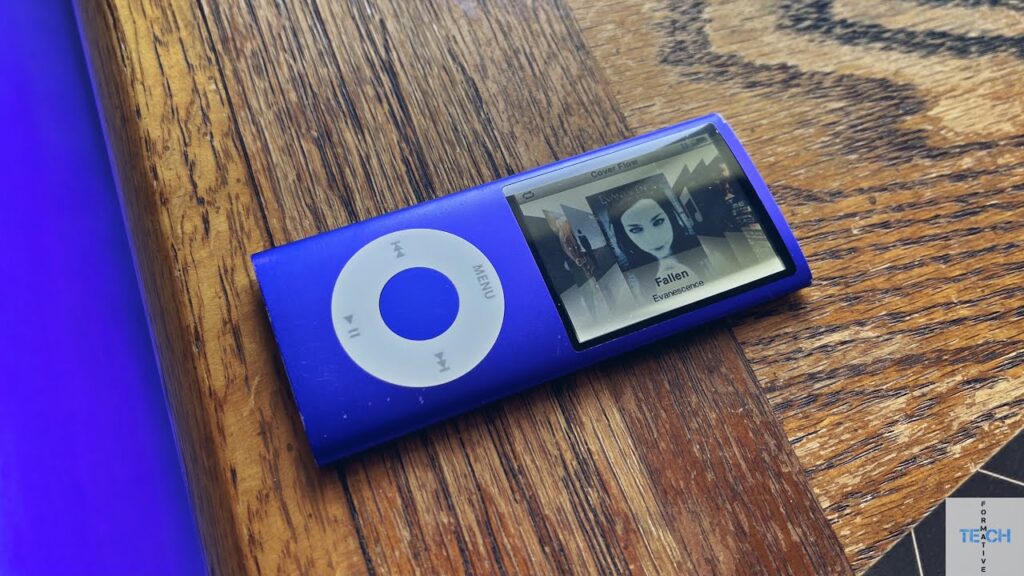Apple has long been a pioneer in the digital music industry, and the iPod Nano 4th Generation was a testament to the company’s innovation. Released in September 2008, this sleek and colorful device became one of the most beloved models in the iPod lineup. Its unique design, improved features, and user-friendly interface made it a must-have for music enthusiasts. In this article, we will delve into the history, features, and legacy of the iPod Nano 4th Generation.
A Brief History of the iPod Nano Series
Before exploring the specifics of the iPod Nano 4th Generation, it is essential to understand the evolution of the Nano series. Apple introduced the first iPod Nano in 2005 as a replacement for the iPod Mini. It was significantly smaller and featured flash memory instead of a hard drive. Over the years, Apple refined the device, improving its design and functionality with each generation.
The iPod Nano 4th Generation arrived as a response to consumer demand for a more ergonomic design and enhanced features. It took the best elements from previous models and refined them, offering an intuitive and stylish music player.
Design and Aesthetics of the iPod Nano 4th Generation

One of the most striking aspects of the iPod Nano 4th Generation was its design. Apple returned to the curved, elongated shape reminiscent of the first and second-generation models. However, this iteration featured a sleeker, anodized aluminum body available in an array of vibrant colors, including:
- Silver
- Black
- Blue
- Purple
- Green
- Yellow
- Orange
- Red (as part of the Product Red campaign)
The device was also exceptionally thin, measuring just 6.2 mm in thickness and weighing a mere 36.8 grams, making it one of the most portable media players of its time.
Key Features and Specifications
The iPod Nano 4th Generation came packed with several improvements and new features that enhanced the user experience. Below are some of the most notable specifications:
Display and Interface
- 2-inch LCD screen with a resolution of 320 x 240 pixels
- Improved brightness and color accuracy
- Accelerometer for screen rotation
Storage Options
- Available in 8GB and 16GB models
- Capable of storing thousands of songs, videos, and podcasts
Battery Life
- Up to 24 hours of audio playback
- Up to 4 hours of video playback
Music and Video Capabilities
- Support for multiple audio formats, including AAC, MP3, and WAV
- Video playback for MP4 and H.264 formats
- Genius playlist feature for intelligent song recommendations
Innovative Features of the iPod Nano 4th Generation
Apple introduced several new features with the iPod Nano 4th Generation, setting it apart from its predecessors:
Accelerometer and Shake to Shuffle
For the first time, the iPod Nano incorporated an accelerometer, allowing users to switch the screen orientation simply by tilting the device. This feature made browsing music and watching videos more immersive.
Additionally, the Shake to Shuffle function allowed users to change tracks by physically shaking the device—a fun and interactive way to enjoy music.
Cover Flow and Album Artwork
The Cover Flow feature enabled users to browse their music collection visually, flipping through album artwork with ease. This was a significant improvement that made navigating the music library more intuitive.
Voice Recording and Nike+iPod Compatibility
- Built-in microphone for voice recording
- Integration with Nike+iPod for fitness tracking, making it a favorite among athletes
How the iPod Nano 4th Generation Stood Out
The iPod Nano 4th Generation received praise for its compact design, user-friendly interface, and innovative features. Compared to its competitors, it offered superior build quality, seamless integration with iTunes, and a vast music ecosystem through the iTunes Store.
Apple’s decision to bring back the curved design was well-received, as it made the device more comfortable to hold. The iPod Nano 4th Generation also remained an affordable option for consumers who wanted a high-quality MP3 player without the added complexity of a smartphone.
The Legacy of the iPod Nano 4th Generation

The iPod Nano 4th Generation remains a nostalgic piece of technology for many Apple enthusiasts. It was one of the last Nanos to feature the classic Click Wheel before the company transitioned to touch-screen models in later generations. Even today, some users continue to cherish their iPod Nano 4th Generation for its simplicity, reliability, and elegant design.
Many collectors and vintage tech lovers seek out this model as a reminder of the golden era of Apple’s iPod lineup. Its influence can still be seen in modern music players and fitness-oriented devices.
Conclusion
The iPod Nano 4th Generation was a remarkable device that defined an era of portable music. With its stylish design, innovative features, and user-friendly interface, it stood as one of the best MP3 players of its time. While smartphones have largely replaced dedicated music players, the legacy of the iPod Nano remains strong in the history of digital music. For those who owned one, the iPod Nano 4th Generation is more than just a device—it’s a cherished memory of a time when music was all about simplicity and style.
